Deck Strategies
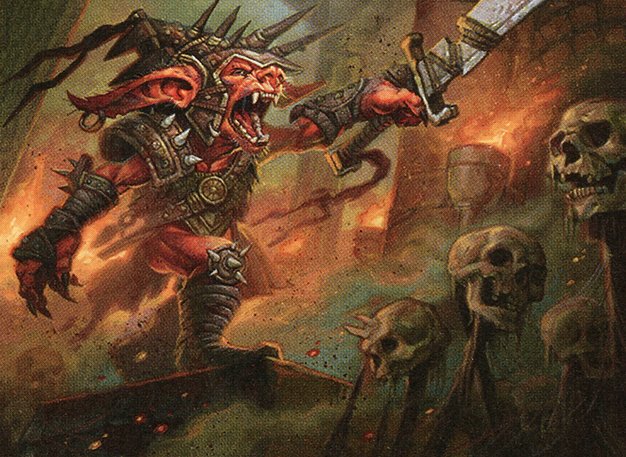
Rograkh, Son of Rohgahh
Focuses on aggressive artifact-based synergies, utilizing treasure tokens and sacrifice outlets to generate value and pressure opponents, with potential combos involving Molten Duplication and other artifact interactions.

Tymna the Weaver
Leverages card draw from combat damage and incremental value through the initiative mechanic, using creatures and equipment to control tempo and outvalue opponents over time.
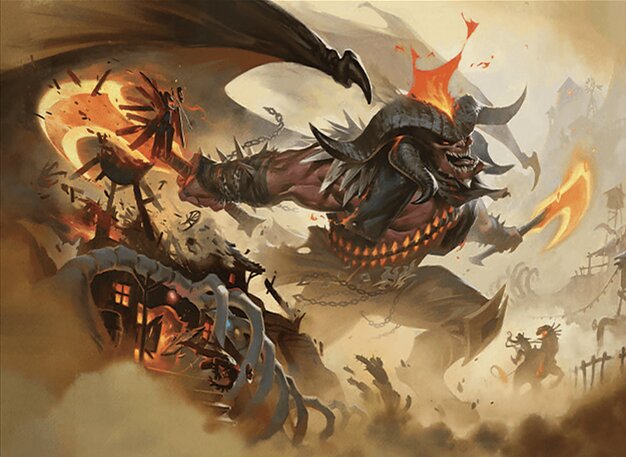
Rakdos, the Muscle
Sacrifice-centric deck aiming to exile and cast cards from the top of the deck by sacrificing creatures, enabling powerful mid-game plays and potential storm or combo finishes.
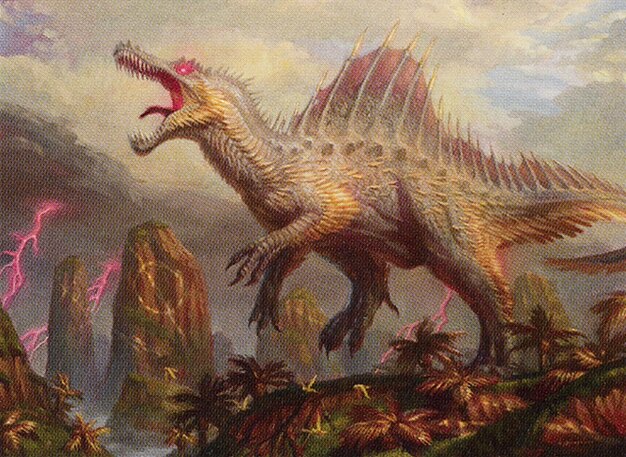
Etali, Primal Conqueror
Aggressive damage-focused deck that benefits from attacking and casting spells from the opponent's deck, aiming to disrupt opponents while dealing high damage quickly.
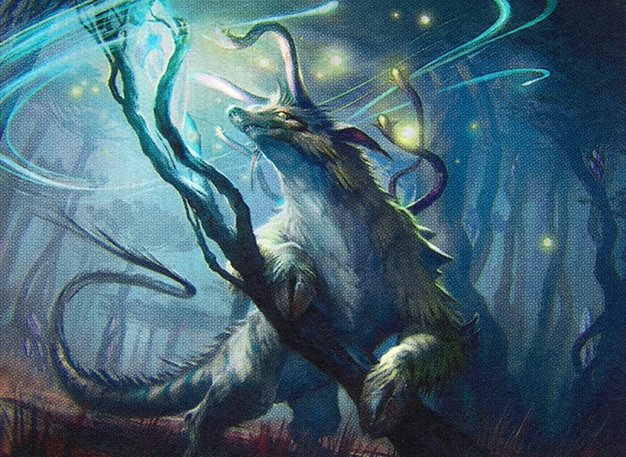
Tayam, Luminous Enigma
Utilizes the initiative mechanic and dungeon synergy to control the board, untapping creatures and generating value through incremental effects tied to dungeons.
Gameplay Insights
- 1
Using Molten Duplication on Rograkh and then copying the spell with Dualcaster Mage created multiple legendary creatures, forcing the player to sacrifice tokens due to legend rule, but ultimately increasing board presence.
- 2
The initiative mechanic combined with White Plume Adventurer's dungeon-triggered untap ability provided strong defensive advantages, allowing the initiative holder to keep blockers untapped and maintain control over tempo.
- 3
Rakdos, the Muscle's ability to exile cards equal to the sacrificed creature's mana value and cast them created a powerful mid-game advantage and a potential storm finish if the player could chain sacrifices efficiently.
- 4
Players debated the value and threat of Wishclaw Talisman, balancing between tutoring crucial cards and denying opponents access to it to prevent combos or critical plays.
- 5
Artifact disruption like Fragmentize was timed to prevent opponents from stabilizing or activating key combo pieces, showcasing the importance of targeted removal in cEDH gameplay.
Notable Cards

Molten Duplication

White Plume Adventurer
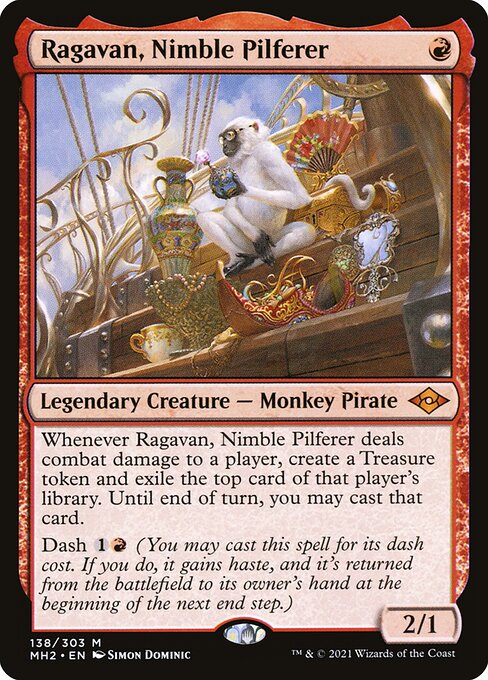
Ragavan, Nimble Pilferer

Rakdos, the Muscle
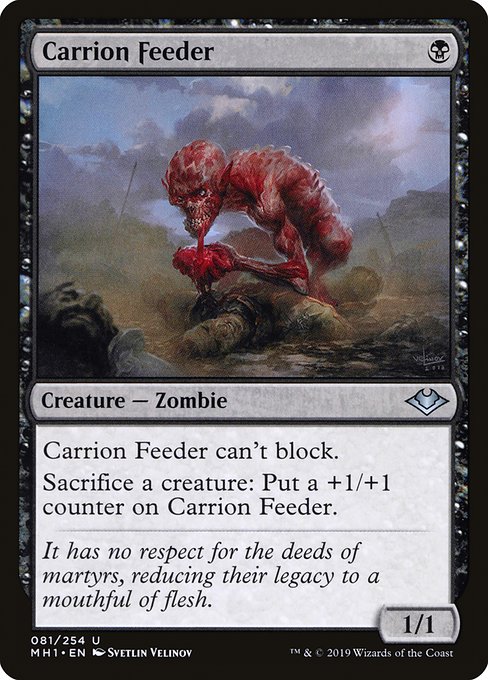
Carrion Feeder
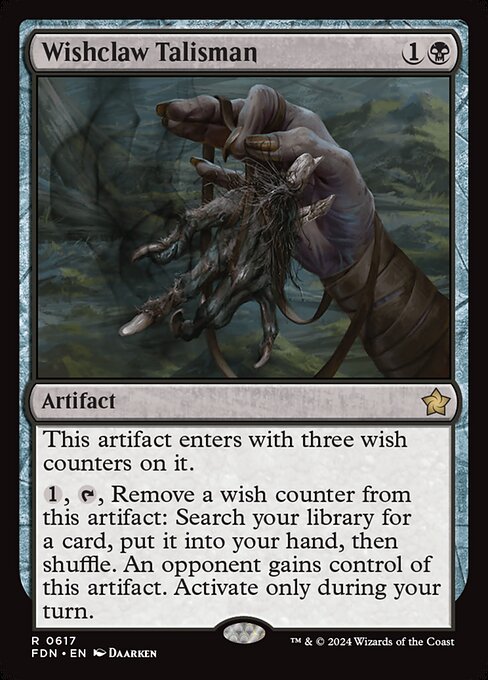
Wishclaw Talisman
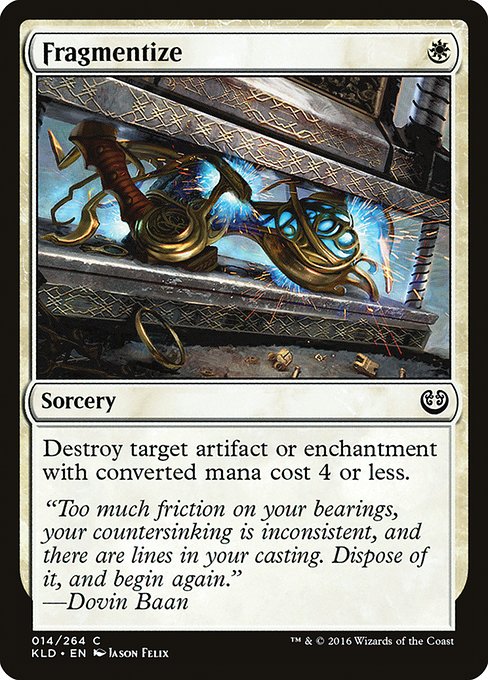
Fragmentize
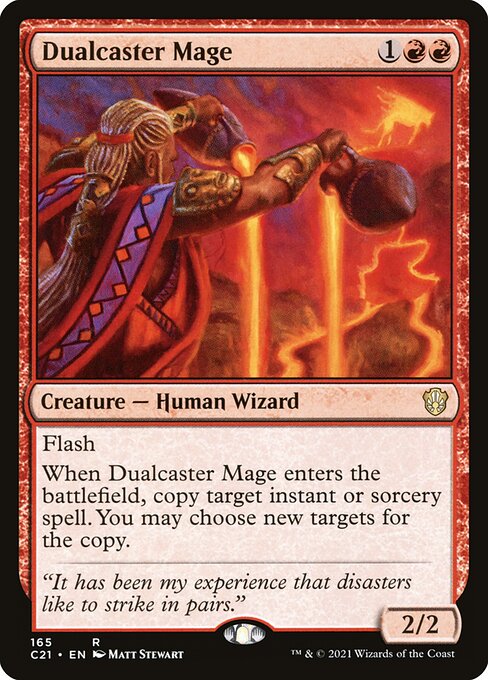
Dualcaster Mage
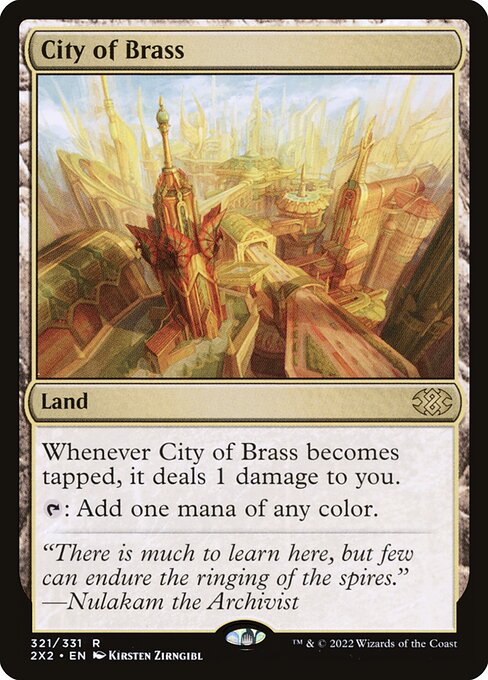
City of Brass
Summary
The game opened with typical early ramp and interaction, featuring plays such as Mox Diamond, Ragavan, and early mana acceleration spells. A significant early engagement involved a Molten Duplication on Rograkh, Son of Rohgahh, which was doubled up despite opponent interaction, allowing a strong board presence to develop quickly. White Plume Adventurer was played, initiating the initiative mechanic via the Undercity dungeon, which introduced a unique dynamic where players contested for and passed the initiative, gaining incremental advantages throughout the game. Rakdos, the Muscle was cast mid-game, bringing its powerful sacrifice and card-exile abilities into play. The synergy with Carrion Feeder and other sacrifice outlets hinted at a potential storm or combo finish. The initiative mechanic, combined with White Plume Adventurer’s ability to untap creatures each upkeep, created strong defensive and tempo advantages for the initiative holder, making it difficult for opponents to wrest control. Key attacks and interactions with Ragavan and artifact disruption like Fragmentize played a part in tempo shifts. Overall, the game revolved around managing the initiative, leveraging sacrifice synergies, and using powerful mid-range threats to gain advantage, with a win condition likely centered on storming off or overwhelming opponents via value engines generated by the commanders' abilities.





















































































































![Green Green and the Mean Machine, ft. Keruga, Go-Shintai, Tovolar, Rakdos [EDH/Commander Gameplay] thumbnail](https://i.ytimg.com/vi/5M3DNEny-eM/sddefault.jpg)




